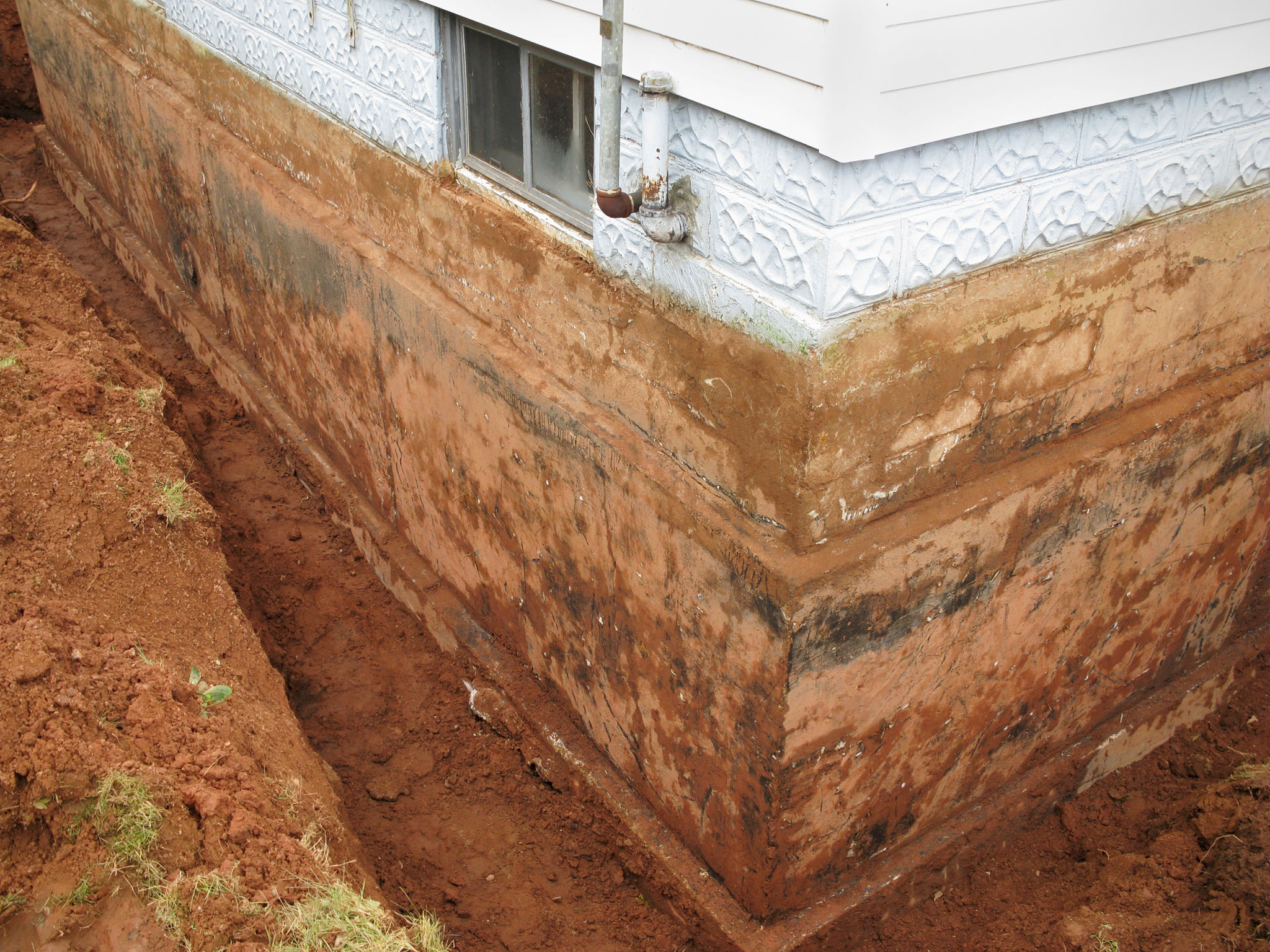Case Study: Successful Foundation Repair in a Historic Peoria Home
Introduction to the Historic Peoria Home
In the heart of Peoria, Illinois, stands a charming historic home that has witnessed over a century of memories. However, as with many old structures, the passage of time took its toll, and the home began to show signs of foundation issues. This case study delves into the successful foundation repair of this beloved property, highlighting the importance of preserving architectural heritage.

The Challenge: Addressing Foundation Problems
The foundation problems in this historic Peoria home were primarily due to uneven settling over the years. The symptoms included visible cracks in the walls, doors that wouldn't close properly, and uneven floors. These issues posed a threat not only to the structural integrity of the house but also to its historical value.
Addressing these problems required a careful approach. It was crucial to choose a repair method that would not compromise the home's aesthetic while ensuring long-term stability. The team had to navigate the delicate balance between modern repair techniques and historical preservation.
Assessment and Planning
The first step in the repair process was a thorough assessment of the foundation. Experts conducted a detailed inspection to determine the extent of the damage and identify underlying causes. This involved using advanced diagnostic tools and techniques to map out the necessary repairs.

Based on the assessment, a comprehensive plan was developed. The plan included specific techniques to stabilize the foundation without altering the historic character of the building. The team consulted with preservationists to ensure that all interventions were in line with conservation standards.
Executing the Repair
With a clear plan in place, the repair process began. The chosen method involved underpinning, a technique that reinforces the existing foundation by adding support beneath it. This method was ideal as it provided additional stability without impacting the home's appearance.
Throughout the repair process, constant monitoring ensured that each step was executed precisely. The team prioritized safety and preservation at every stage, using materials and techniques that complemented the original construction.

Collaboration and Expertise
The success of this project was largely due to seamless collaboration between engineers, contractors, and preservation experts. This multidisciplinary approach ensured that all aspects of the repair were handled with expertise and sensitivity to the home's historic value.
The project also benefited from state-of-the-art technology that allowed real-time adjustments during repairs. This adaptability was crucial in addressing unexpected challenges without compromising the integrity of the structure.
The Outcome: A Preserved Legacy
Upon completion, the historic Peoria home stood firm, its foundation expertly reinforced. The successful repair not only secured the structural integrity of the house but also preserved its historical essence for future generations to enjoy.
This case study serves as a testament to the potential of modern engineering to meet the unique challenges posed by historic homes. It highlights how thoughtful planning, expert collaboration, and respect for history can result in successful restoration projects.

Conclusion
The foundation repair of this historic Peoria home showcases a perfect blend of innovation and tradition. By addressing structural issues while honoring historical significance, this project underscores the importance of preserving our architectural heritage. As more historic homes face similar challenges, this case study provides valuable insights into achieving successful outcomes.
